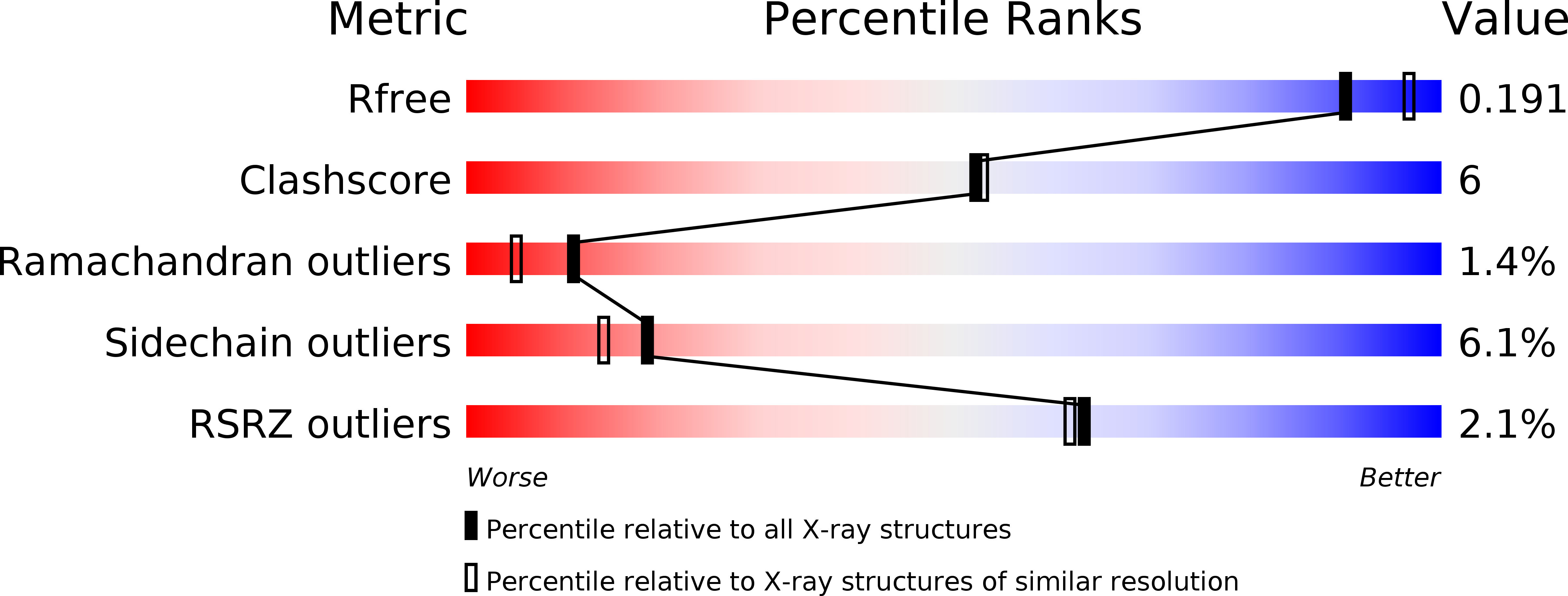
Deposition Date
2016-06-20
Release Date
2017-10-18
Last Version Date
2024-10-23
Entry Detail
PDB ID:
5GHL
Keywords:
Title:
Crystal structure Analysis of the starch-binding domain of glucoamylase from Aspergillus niger
Biological Source:
Source Organism:
Aspergillus niger (Taxon ID: 5061)
Host Organism:
Method Details:
Experimental Method:
Resolution:
2.00 Å
R-Value Free:
0.22
R-Value Work:
0.17
R-Value Observed:
0.18
Space Group:
P 4


